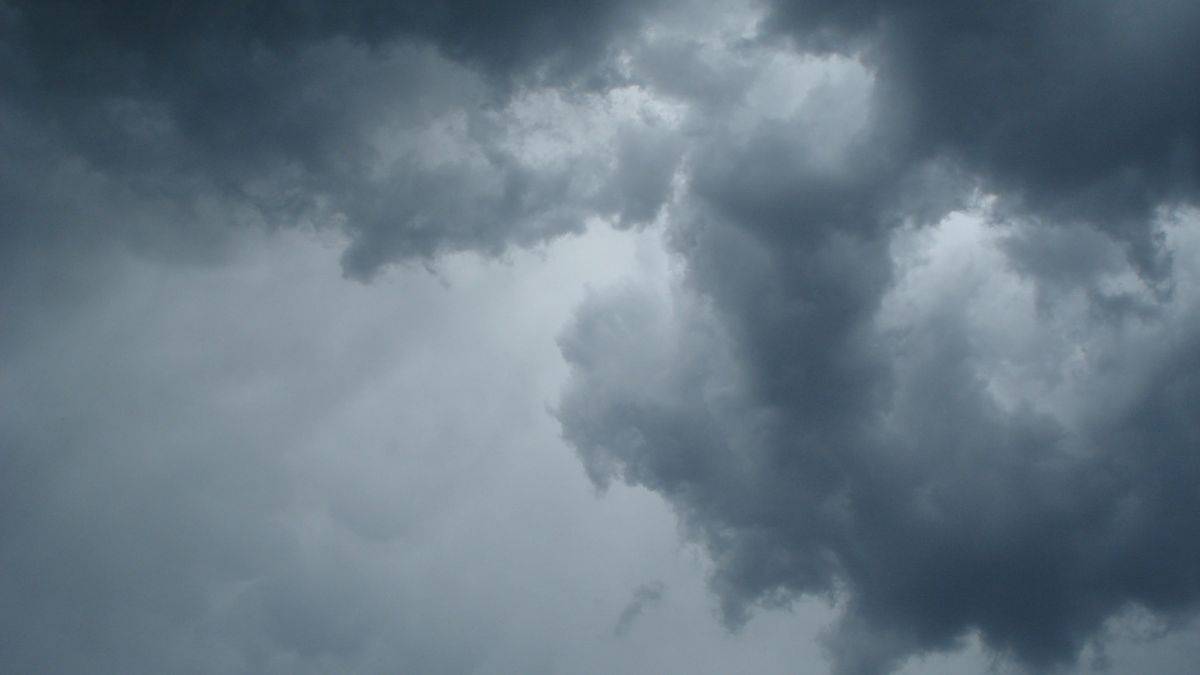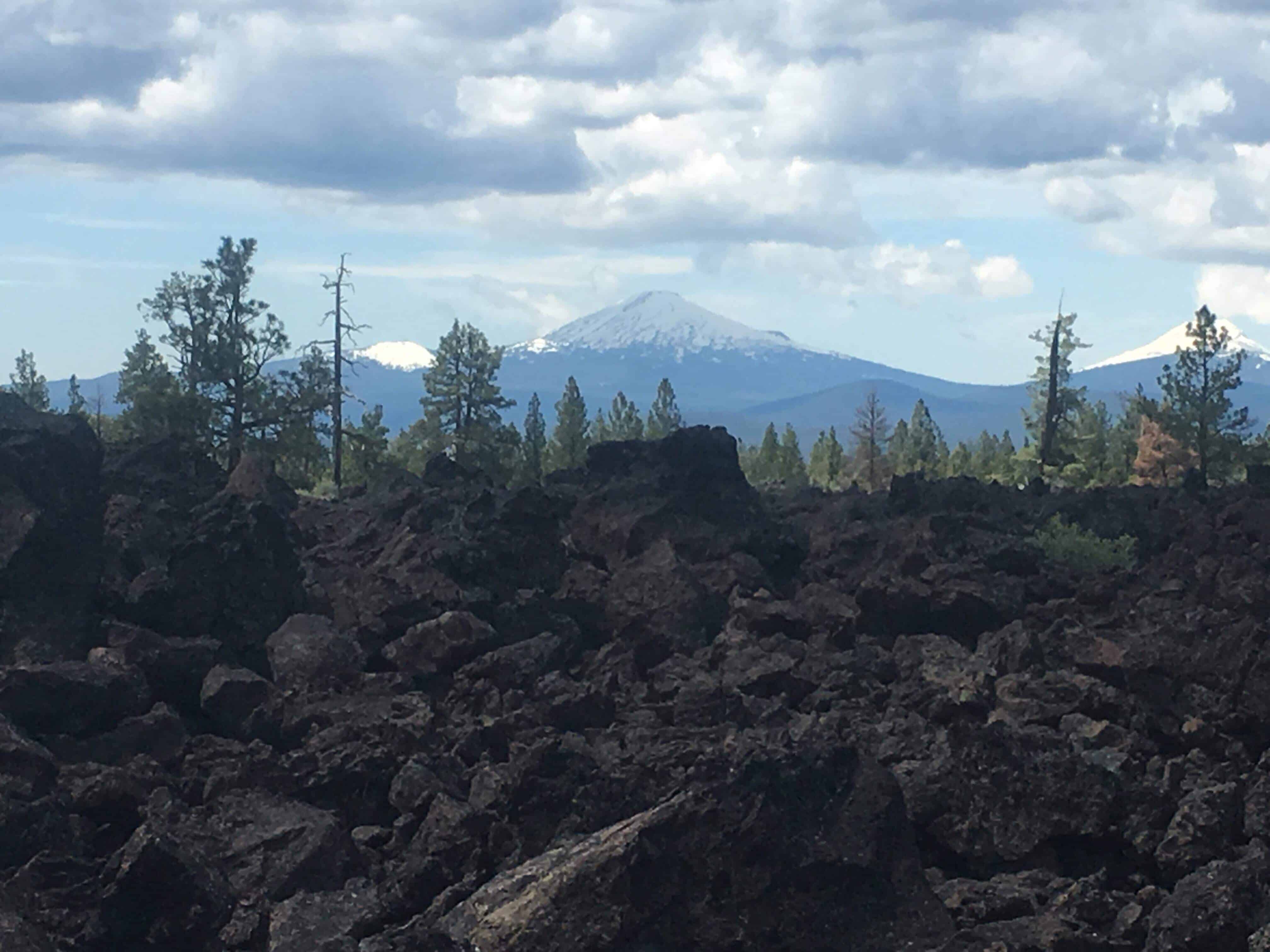Tips For Waterproofing Your Camping Tent
If you click and purchase with one of our links, we earn a commission. Thanks.

Always test the waterproofing of your camping tent before your first camping trip of the season.
If you don’t want to wait for a rainstorm to pitch your tent in your backyard you can use your garden hose to test your tents for any leaks.
The best way to ruin a camping trip is to be woken up in a storm with a leaking tent.
The good news is that most tents that you buy new will be waterproof out of the box. You can check out our best tips for camping in the rain in this article.
Of course, if this is your first camping trip, you should read our article about your first camping trip here.
Preparing Your Tent For Waterproofing
First and foremost, waterproofing your tent ensures that you stay comfortable throughout your camping adventure. Picture this: it’s the middle of the night, and you’re curled up in your sleeping bag, enjoying the peaceful sounds of nature surrounding you.
Suddenly, a light drizzle begins to fall from the sky. Without proper waterproofing measures in place, that tranquil moment can quickly turn into a wet and miserable experience as rainwater starts seeping through every nook and cranny of your tent.
By taking the time to waterproof your shelter beforehand, you’ll be able to enjoy a good night’s sleep without any unwelcome surprises. Another reason why waterproofing is essential is for maintaining cleanliness during camping trips.
Let’s face it: camping can get messy sometimes—muddy shoes trudging in dirt or accidentally spilling that freshly brewed cup of coffee inside the tent (it happens to the best of us). With a properly waterproofed tent, cleaning up spills or wiping away dirt becomes much easier since water won’t penetrate through the fabric as easily.
Plus, by keeping moisture out of your living space, you’ll be able to prevent any unwanted mold or mildew growth—because who wants to deal with those pesky fungi while trying to enjoy their outdoor adventure? (and perhaps most importantly), having a watertight tent allows you to brave the elements and embrace camping even when it’s raining cats and dogs outside.
While some might shy away from venturing outdoors during inclement weather conditions, seasoned campers know that there’s something uniquely magical about camping in the rain.
Raindrops drumming on the tent’s roof, the earthy smell of wet grass, and the cozy ambiance created by being tucked away safe and dry inside your tent all contribute to a truly immersive experience.
So, by waterproofing your tent, you’ll be able to savor these moments without worrying about ending up drenched or having to cut short your camping trip. Waterproofing your camping tent is not just an optional task—it’s a crucial step that guarantees your comfort, cleanliness, and enjoyment while exploring the great outdoors.
So don’t forget to equip yourself with some quality seam sealant, waterproof sprays, and knowledge on how to properly apply these products. With a well-protected shelter at your disposal, you can confidently embark on unforgettable camping escapades in any weather condition that comes your way. Determine Why Your Tent Is Leaking
One of the most frustrating things that can happen during a camping trip is waking up in a soggy tent. It not only ruins the benefits of camping, but it also turns your cozy tent into a damp nightmare.
To tackle this issue, the first step is to determine why your tent is leaking. Firstly, check for any visible damage to your tent fabric.
Look for tears, holes, or worn-out areas that could be allowing water to seep through. If you find any such damage, it’s essential to repair it promptly using a patch kit or waterproof tape.
Secondly, inspect the seams of your tent. Seams are notorious for allowing moisture in if they are not properly sealed.
Look closely at both the inside and outside of your tent and examine the stitching on all seams. If you notice any loose threads or gaps in the stitching, don’t worry!
This can easily be fixed by applying seam sealant along each seam to ensure waterproofing.
Next, consider the condition of your rainfly.

The rainfly is an important layer of protection that shields your tent from rainwater. Make sure that it’s securely attached and covers the entire outer surface of your tent without any gaps or sagging areas.
If you notice any issues with your rainfly, such as tears or missing parts, it may be time to invest in a new one. Take note of how you set up your tent.
Sometimes leaks can occur simply because water is pooling around certain areas due to improper setup. Ensure that you pitch your tent on level ground and pay attention to how tight you pull the guy lines so that rainwater can easily slide off instead of accumulating.
By carefully examining these factors—damage to fabric, seam integrity, condition of rainfly, and proper setup—you’ll be able to identify why your tent is leaking and take appropriate steps towards waterproofing it effectively. This knowledge will help ensure dry nights spent camping in the rain, allowing you to fully enjoy the benefits of being in nature while staying clean and cozy inside your tent.
Take Care Of Your Tent
Taking care of your tent is essential to ensure it stays in good condition and remains a cozy shelter during your outdoor adventures. Proper maintenance will not only prolong its lifespan but also protect you from any unexpected leaks or damage.
Here are some tips to help you take care of your tent. Firstly, always make sure to clean your tent after each camping trip, even if it doesn’t rain.
This will help prevent any dirt or debris from accumulating on the fabric, which can affect its waterproofing capabilities over time. Gently shake off any loose dirt or dust before using a soft brush or sponge with mild soap and water to clean the exterior.
Rinse it thoroughly and allow it to air dry completely before packing it away. Secondly, be mindful of where you pitch your tent.
Avoid placing it under trees that can drop branches or sap onto the fabric, causing stains or potential tears. Additionally, try to avoid rocky or rough terrains that could puncture the tent floor.
Another important aspect of tent care is proper storage when you’re not using it. Always ensure that your tent is completely dry before packing it away; this will prevent mold and mildew from forming on the fabric.

If you’re in a hurry and need to pack up a damp tent due to unexpected weather conditions, make sure to unpack and dry it as soon as possible once you get home. Investing in a good quality footprint (a groundsheet specifically designed for tents) can also significantly extend the life of your tent by providing an extra layer of protection against sharp objects and abrasion.
Don’t forget about maintenance during prolonged use. Check for any signs of wear and tear regularly—inspect zippers for smooth operation, repair minor rips promptly using gear patches or seam sealant, and consider reapplying waterproofing treatment periodically as recommended by the manufacturer.
By taking these precautions in caring for your camping tent, you’ll not only ensure its longevity but also enjoy the benefits of camping in a clean and dry shelter, even during those unexpected rainy adventures.